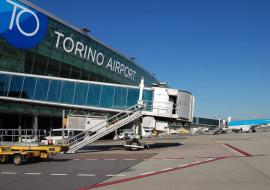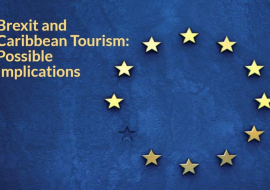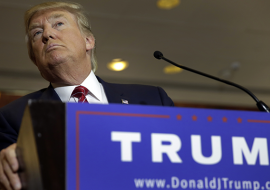What Do New Cuba Flights Actually Bring for Travel and Tourism?

The U.S.-Cuba air travel deal has been in the headlines for a couple of months now as the Cuban government and U.S. DOT pushed forward with a plan to normalize relations and facilitate travel between the two countries.
The agreement hashed out in December was officially signed in Havana, marking the next phase this evolving relationship, which will involve the U.S. awarding Cuba routes to American carriers.
This process could happen much faster than everyone had expected. In their announcement of the signing in Havana, the DOT also laid out a timeline for the airline application process. “DOT’s order states that applications are due March 2, 2016; answers to applications are due March 14, 2016; and replies to those answers are due March 21, 2016.”
The media and travelers have been buzzing about this deal since it was first announced two months ago. The mere fact that U.S. commercial planes will soon be landing in Cuba after a five-decade absence has captured people’s imaginations.
But what does it actually mean for the travel industry going forward? When flights take off for Cuba, who will be on board? For the time being, some important travel restrictions are still in place. The Obama Administration has loosened the rules quite a bit. Anyone who can fit their trip into one of the 12 acceptable categories is able to visit Cuba right now (and will be able to visit when commercial flights take off from U.S. soil).
In addition to those traveling in a professional capacity — journalists, educators, businesspeople — people can also legally go for various religious or cultural exchange experiences.
Basically, anyone who wants to travel to Cuba can find a good fit from among the "acceptable reasons" listed. Since last January, travelers have not had to seek approval from the U.S. State Department before going to Cuba. They simply have to make certain that their trip could fit into one of the categories.
Travel agents who are aware of the rules will be able to help their clients book flights to Cuba as soon as commercial service starts. There will probably be high demand in the initial weeks and months, especially on routes into Havana. However, there are nine other Cuban airports that are part of the air travel pact, and each has 10 daily slots for flights originating in the U.S. These secondary airports might serve as easier and cheaper access points.
According to some in the travel industry, things won’t really take off until the U.S. lifts all travel restrictions for Americans going to Cuba. ASTA issued a statement after the DOT announced the signing of the agreement in Havana. In it, the organization called on Congress to end the ban on leisure travel: “We estimate at least two million additional Americans could visit Cuba by 2018 if Congress were to lift the travel ban before the end of this year. While U.S. law still prohibits travel to Cuba for tourist activities, we are encouraged by the continued progress made by the Obama Administration, and we strongly urge Congress to enact the Freedom to Travel to Cuba Act and fully repeal the travel ban once and for all."
Despite Obama’s moves to make travel and trade easier, Republicans in Congress are not likely to vote to lift sanctions altogether.
For many tourists and travel agency professionals, the benefits of the new airline deals with Cuba won’t actually be felt until the ban on leisure travel is lifted. All signs point to this eventually happening, but it appears that the current ban could still be in place until after November's elections.
Source: Travel Pulse













